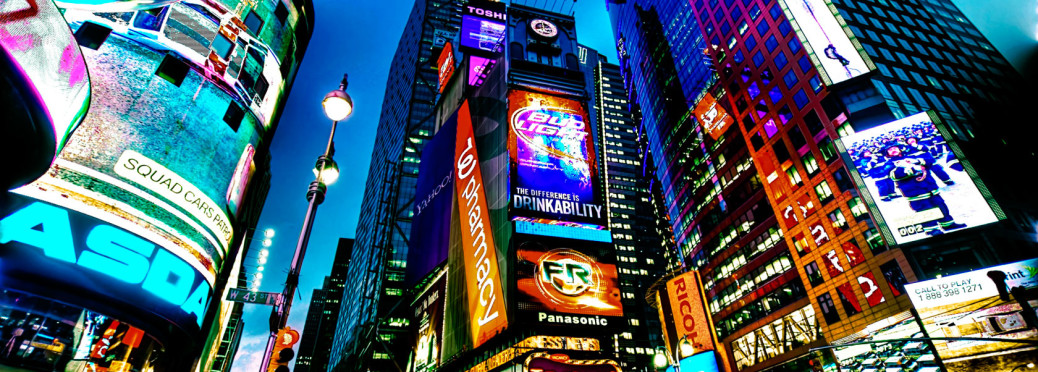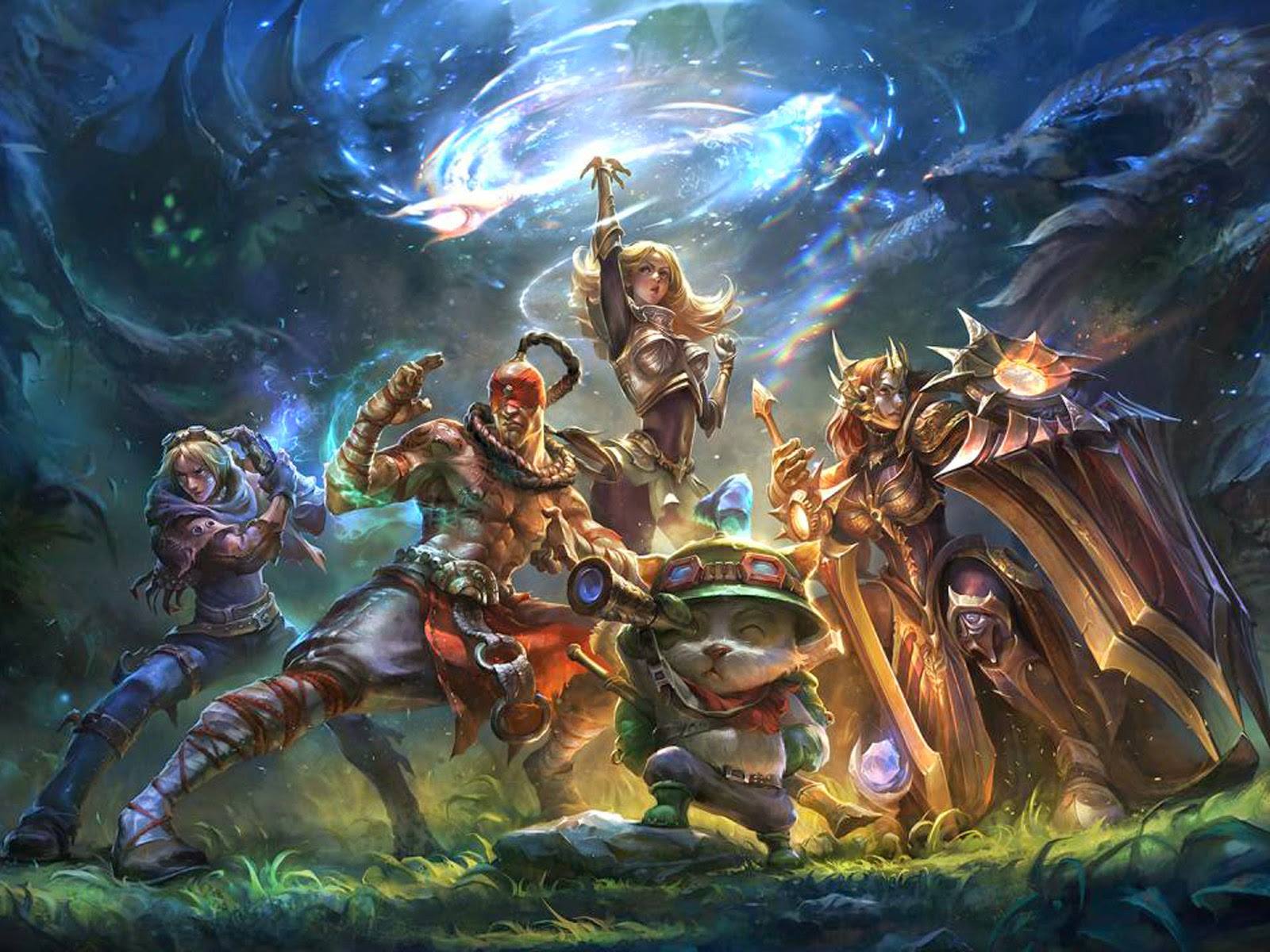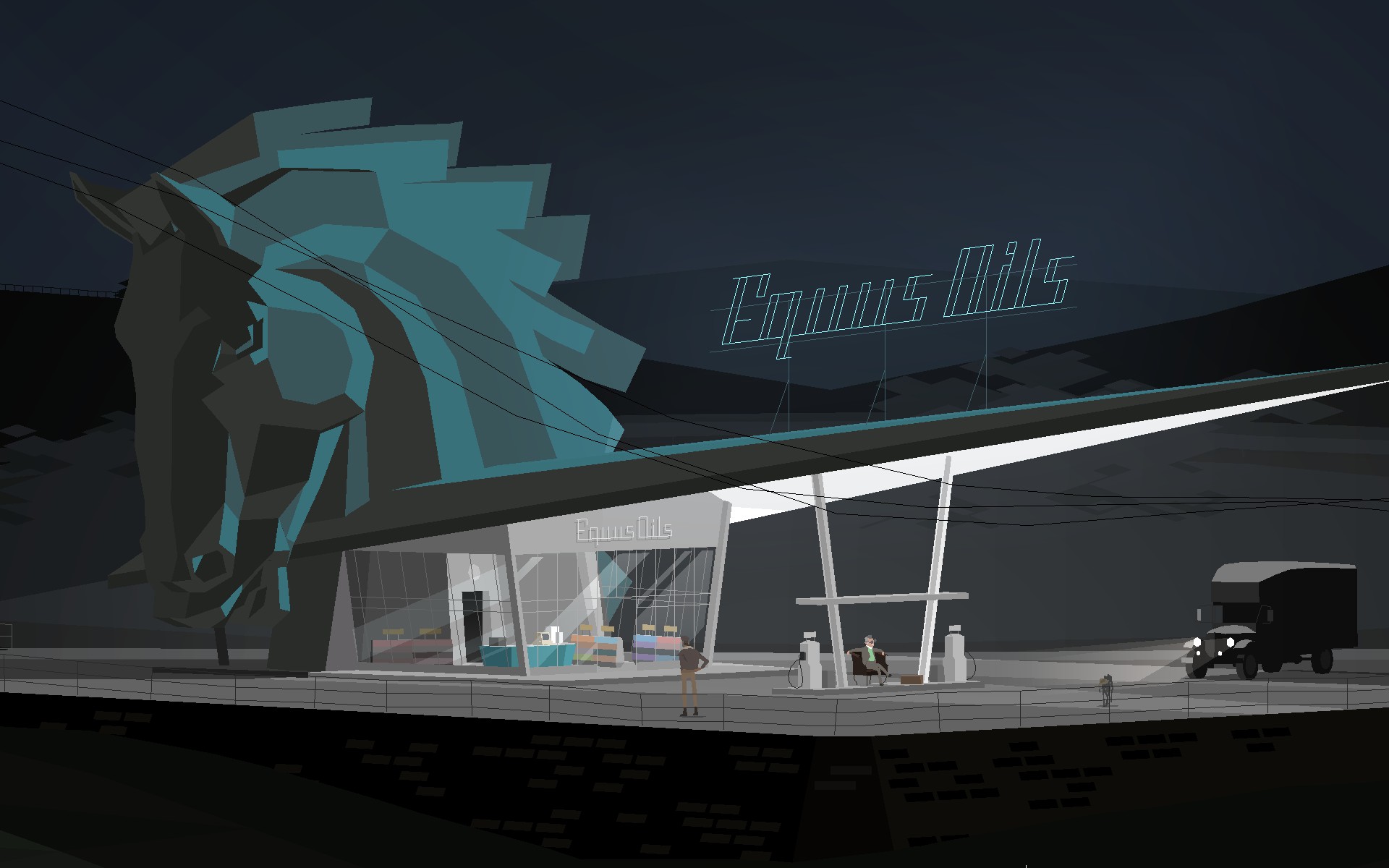These “new” mediums (including social media, video games, phone applications and more) transcend previous thought, and open up media research to study the interconnectivity present in today’s digital world.
By Eric Sheffield
Media is everywhere. 96% of US homes have televisions (U.S. Census Bureau 2012). Smartphone users have near pervasive access to the internet in America. Brigitte Jordan asserts the idea that through this media saturation the real world connects with the virtual world of media more than ever before. Discussing a “blurring” of virtual and real worlds she said, “what we once called virtual has become all too real, and what was solidly a part of the real world has been overlaid with characteristics we thought of as belonging to the virtual.” (Jordan 2008). Advocating that the two worlds are no longer black and white, Jordan states that distinguishing the virtual (media world) and the real is nigh impossible in today’s media environment. Jordan’s quote is significant in that it demonstrates a substantial change in how academics look at the media. Importantly, research is moving past the previous idea of media lying in stark opposition to the real world, and now focuses on a connected media environment. (Hepp 2013).
The influence of new media, media that is interactive and digitally distributed, is at the core of this change. In Nick Couldry’s book from 2012, titled Media, Society, World, Couldry expressed that with the emergence of new media, society altered at a fundamental level stating, “life experience has become an experience in the presence of media.” Previous views, Couldry continues, would clump media together into two distinct categories; however, with new forms of media this fails to articulate the current media environment we live in. While visionaries in media studies, such as Marshall Mcluhan and Niel Postman, led discussion on the connected nature of media to culture, the concept of a combined reality or mediation (society merging into a digital reality) is a modern idea that emerged with new media. These “new” mediums (including social media, video games, phone applications and more) transcend previous thought, and open up media research to study the interconnectivity present in today’s digital world.
The concept of mediatization came forth as a driven focus to study this overwhelming influence of media on daily life (Hepp & Couldry 2013). The term, which is gaining momentum in media and cultural studies, emphasizes that media influences culture, and vice versa. Rather than studying the two as separate entities, mediatization combines the study of media with culture and society, emphasizing the unique partnership that current study of culture requires. Referencing to Couldry’s statement again on “living within media” mediatization acknowledges that the culture we live in is now a digital culture.
Conceptually, this idea is the foundational base for analyzing the disappearance of binary media thought. Spearheaded by Andreas Hepp and Nick Couldry, mediatization conveys that previous media and cultural studies research failed to address, “the media’s growing role in everyday lives…. the near universalization of mobile phones, the massive expansion of the web search capacity, the emergence of blogs, YouTube, and social media… in other words the fact of media in our lives, as a basic reference point for children, friends, family and work” (Hepp 2012). This quote references the new media forms addressed earlier, while pointing out the shortcoming of dismissing the media’s influence in everyday living. Couldry and Hepp assert that failing to analyze the “growing” connection between the media and society disregards the clear impact of media on culture.
The term is not without its critics, many of whom believe that mediatization does not help with media effects studies and that it is too similar to the work being done by cultural theorists such as Postman and Mcluhan (Deacan & Stanyer 2014). However, many concede that mediatization is helpful not in analyzing specific events, but rather in studying emerging patterns in digital cultures, rather than individual effects (Deacon & Stanyer 2014). Utilizing mediatization as a launching point this paper will analyze how video games in (and of) Times Square break down the barriers separating media and the real world.
Times Square & Media
As the most visited location on the planet, with 128 million visitors in 2013, Times Square is a worldwide icon (TimesSquareNYC). While known for its high-rises, excessive advertising, constant media presence, and massive tourist appeal, Times Square also provides a fascinating correlation between media and society. As the third most geotagged location on Instagram for 2014 (USA Today), the location with the most expensive digital ad space in the world (NY Times), and the most watched New Year’s Eve event worldwide (Business Insider), Times Square is a media rich environment. With this innate connection to the media, Times Square illustrates the blurring between a physical and virtual world Jordan mentioned earlier. Looking at the massive media use and consumption occurring in that geographic location the separating the media world and the “actual world” of Times Square is an archaic history. While new media’s influence is acknowledged around the world, it is the media hotspots, like Times Square, that present Couldry’s comment about “being in the presence of media” in striking ways.
This is where the contrast between dualistic media thought is clear. While the early history of media studies was all about effects of specific messages (Garber 1942), that theoretical application inadequately describes the media environment of Times Square. The amount of messaging conveyed from that location, at that location, and about that location cannot accurately be studied by analyzing the specific effects of specific messages on individuals. In a case study of Times Square the vast amount of messaging enters a mediated state that can’t accurately be messaged through quantitative research. With its vast amount of messaging Times Square has entered a fantastical state of being “real without reality” as Baudrillard discussed (1981). In Times Square the location has become deeply connected to the many mediums that simulate aspects of reality. Times Square transcends the separation that Baudrillard discussed entering a mediated reality that conveys a greater sense of reality than reality itself. While newer forms of media have already have led to this conclusion, video games break down the barrier even more than other forms of media already have.
Video Games
While the definition of video games can be arbitrarily complex (What is a game?) the simple definition from Oxford dictionary works well, “video games are games played by electronically manipulating images produced by a computer program on a display screen.” The key point to emphasize here is the impact that “electronic manipulation” has on individual interaction with the medium. Torben Grodal, discussing the psychological pleasures of video games, said about a video game’s ability to simulate reality, “video games provide simulations of a series of aspects of reality… the hallmark of most video games is that they transform traditional forms of entertainment into an interactive form that enables the player actively to participate in shaping the games” (2000). Highlighting the ability to simulate reality and actively participate in these games, video games provide an opportunity to experience aspects of reality that reality itself can’t provide. While many researchers focus on the effects of simulating aggression through video games, my focus lies in showing how the growing impact of video games can change the way interaction occurs with a cultural icon like Times Square.
Video Games & Times Square
The first analysis begins by studying video games depicting Times Square. In my analysis of the top twenty best-selling Xbox 360 video games, five had playable sections in Times Square (based on individual publisher statistics). Additionally the location appears in major titles Forza 3, Crysis 2, Prototype, Spider-Man 2, The Incredible Hulk, Ghostbusters 2, and LEGO Marvel Superheroes. Each depiction displays the location in its own style and unique way, but while these differences provide interesting analysis, my core argument lies in displaying how these video games can break down the reality and create its own hyperreality that is “more real than reality itself” as Baudrillard states (1981).
More important than the depictions of Times Square’s in this medium, is the recognition it curates who never have (or will) visit Times Square in a physical way. Drawing on how art can change our perception of the real world, Victor Shklovsky’s Art as Technique states, “after being perceived several times, objects acquire the status of recognition… The purpose of art, then, is to lead us to a knowledge of a thing through the organ of sight instead of recognition.” Through the interaction in video games depicting Times Square, Shklovsky’s point is useful in arguing that individuals can attain a knowledge and recognition of the location more representative of real life than reality itself. This argument that art (or virtual reality through video games in this case) ties into the main argument of this paper that these video games break down the barriers between what the real and the virtual is in regards to Times Square. This binary depiction of reality and the media, innacuratelyinaccurately represent the truth of how interacting with virtual reality changes our perception of actuality. Carrying off of the points made by Shklovsky, Werner Herzog argues for an ecstatic truth, a truth conveyed through art and virtual reality that isn’t factual, but conveys truth. (2010). Drawing this in with current video game’s perceptions of Times Square provides another important comparison. While these depictions do not factually represent what Times Square actually looks like, their depictions of the bright advertisements and bustling environment bring about a truthful representation of the location’s allure and fascination. Thus even though these video games do not simulate a “real-life” walkthrough of Times Square, the ability to interact with the location in a virtual way enables participants to engage with the virtuality and break down the barriers of truth that separate the virtual and the real.
Conclusion & Future
While this analysis of Times Square provides just one cultural analysis of how a location’s interaction with the virtual might affect the real, video games and future trends in virtual reality make Couldry and Hepp’s conception of mediatization striking (2012). This analysis of Times Square provides a worldview that analyzes how interacting with physicality through virtuality breaks the barriers of binary analysis of media. With new media interactions breaking barriers between what is real and what is virtual I argue with Baudrillard for a hyperreality, that is “real without reality” (1981). New forms of media allow us to engage with reality in ways that break down the barriers of physical sensation, and experience in fascinating new ways. Video games, with their focus on interactivity and future in virtual reality, provide the best future research into studying this blurring between the real world and the media.
Works Cited
Adorno, Theodor W. Critical Models: Interventions and Catchwords. New York: Columbia UP, 1963. Print.
Cantril, Hadley. Propaganda Analysis. Fort Riley, Kan.: n.p., 1950. Print.
Couldry, Nick. Media, Society, World: Social Theory and Digital Media Practice. Cambridge: Polity, 2012. Print.
Deacon, David, and James Stanyer. “Mediatization: Key Concept or Conceptual Bandwagon?” Media, Culture & Society 36 (2014): n. pag. Web.
Federman, Mark. “What Is the Meaning of The Medium Is the Message?” What Is the Meaning of The Medium Is the Message? University of Toronto, n.d. Web. 11 Mar. 2015.
Garber, William. “Propaganda Analysis-To What Ends?” American Journal of Sociology 48.2 (1942): 240. Web.
Hepp, Andreas. Cultures of Mediatization. Cambridge, UK: Polity, 2013. Print.
Horkheimer, Max, and Theodor W. Adorno. Dialectic of Enlightenment. New York: Herder and Herder, 1947. Print.
Herzog, Werner, and Moira Weigel. “On the Absolute, the Sublime, and Ecstatic Truth.” Arion (2010): 1-12.
Grodal, Torben. “Video games and the pleasures of control.” Media entertainment: The psychology of its appeal (2000): 197-213.
Krotz, Friedrich, and Andreas Hepp. “A Concretization of Mediatization: How ‘mediatization Works’ and Why Mediatized Worlds Are a Helpful Concept for Empirical Mediatization Research.” Empedocles: European Journal for the Philosophy of Communication 3.2 (2011): 137-52. Web.
Logan, Robert K. Understanding New Media: Extending Marshall McLuhan. New York: Peter Lang, 2010. Print.
Martinson, David L. “Media Literacy Education: No Longer a Curriculum Option.” The Educational Forum 68.2 (2004): 154-60. Web.
McLuhan, Marshall. Understanding Media: The Extensions of Man. N.p.: n.p., n.d. Print.
Ritzer, G., and N. Jurgenson. “Production, Consumption, Prosumption: The Nature of Capitalism in the Age of the Digital ‘prosumer'” Journal of Consumer Culture 10.1 (2010): 13-36. Web.
Shklovsky, Viktor. Art as technique. 1925.
Smith, Aaron. “Smartphone Ownership.” Pew Research Center (2013): n. pag. Web.
“US Census Burearu 2012 Study.” Census.gov. United States of America, n.d. Web. 11 Feb. 2015.
West, Richard L. Introducing Communication Theory: Analysis and Application. Boston: McGraw-Hill, 2007. Print.
Williams, Raymond. Television: Technology and Cultural Form. London: Routledge, 2003. Print.



